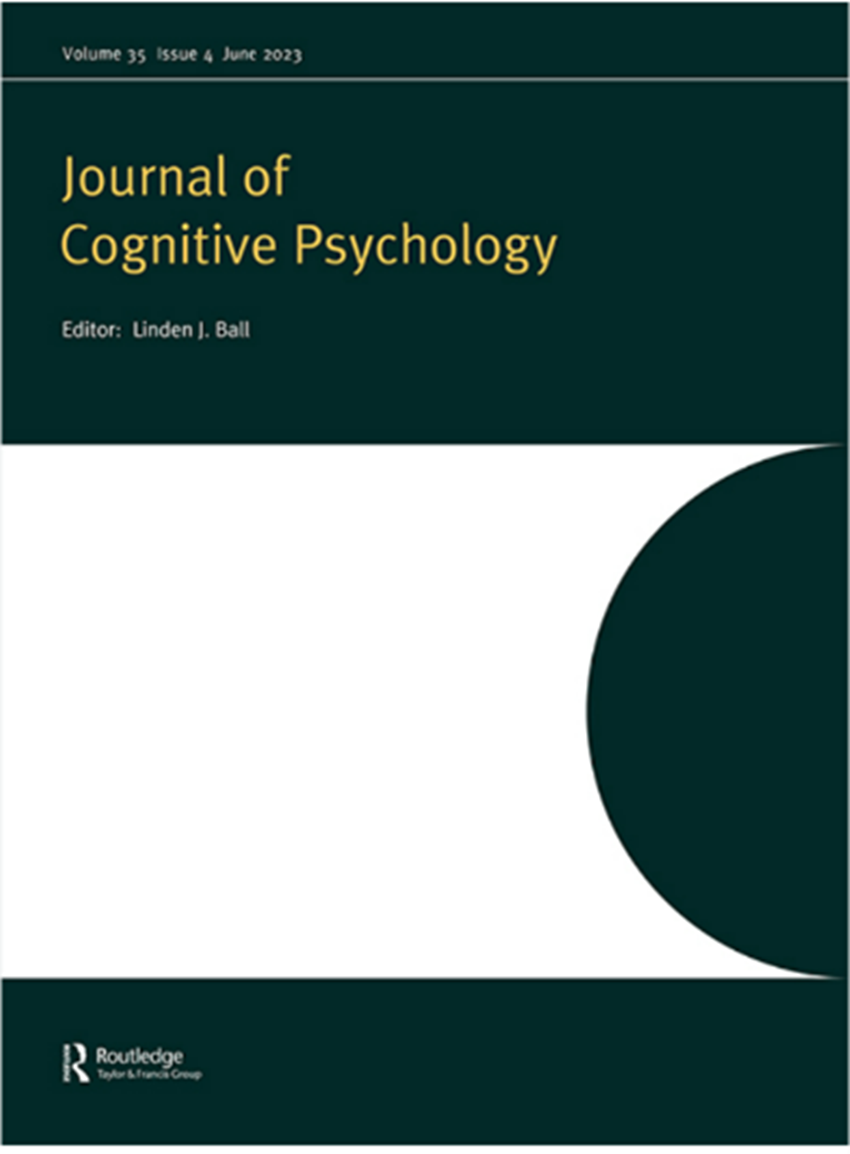O que causa interferência na memória de curto prazo? Procurando responder a esta questão, John E. Marsh, investigador principal do projeto de investigação 201/20 - The Control of Attentional Diversion: A Psychophysiological Approach, apoiado pela Fundação BIAL, conduziu três experiências que exploraram os efeitos da mudança na sequência da estimulação vibro-tátil na memória de curto prazo. Os resultados indicaram que na memorização de uma sequência visual, a memória de curto prazo é mais afetada quando um estímulo vibro-tátil distrator é dinâmico (alterna de uma mão para outra) do que quando se mantém estático (apresentado nas duas mãos em simultâneo). O impacto da distração vibro-tátil dinâmica é semelhante em magnitude ao da distração auditiva (Experiência 1); a interferência da estimulação vibro-tátil na memória de curto prazo parece aplicar-se apenas à recordação da ordem dos itens e não ao seu conteúdo (Experiência 2); a previsibilidade do estímulo vibro-tátil não parece modular a magnitude do efeito (Experiência 3). Para saber mais consulte o artigo Irrelevant changing-state vibrotactile stimuli disrupt verbal serial recall: implications for theories of interference in short-term memory publicado na revista científica Journal of Cognitive Psychology.
ABSTRACT
What causes interference in short-term memory? We report the novel finding that immediate memory for visually-presented verbal items is sensitive to disruption from task-irrelevant vibrotactile stimuli. Specifically, short-term memory for a visual sequence is disrupted by a concurrently presented sequence of vibrations, but only when the vibrotactile sequence entails change (when the sequence “jumps” between the two hands). The impact on visual-verbal serial recall was similar in magnitude to that for auditory stimuli (Experiment 1). Performance of the missing item task, requiring recall of item-identity rather than item-order, was unaffected by changing-state vibrotactile stimuli (Experiment 2), as with changing-state auditory stimuli. Moreover, the predictability of the changing-state sequence did not modulate the magnitude of the effect, arguing against an attention-capture conceptualisation (Experiment 3). Results support the view that interference in short-term memory is produced by conflict between incompatible, amodal serial-ordering processes (interference-by-process) rather than interference between similar representational codes (interference-by-content).

































































































